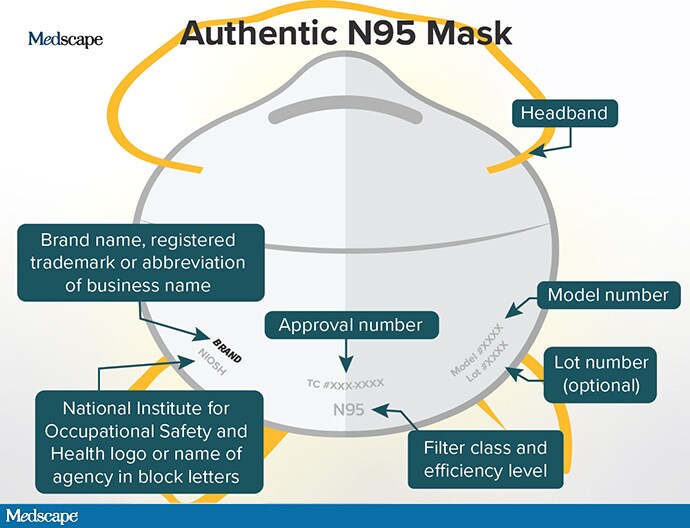
Counterfeit N95 face masks are on the rise and according to the Centers for Disease Control and Prevention, there is no guarantee they provide the same protection as masks approved by the National Institute for Occupational Safety and Health (NIOSH), the agency in the United States that regulates filtering facepiece respirators.
But recognizing phony N95s can be easy using a few simple steps.
Authentic N95 masks have an approval number, which is preceded by the letters TC, as well as a labeled model number and possibly a lot number.
Reliable masks have information about the filter class (as designated by the letters N, P, or R) and the filter efficiency (as indicated by the numbers 95, 99, or 100). An N95 mask has N for the filter class and 95 for the filter efficiency, meaning it can filter 95% or more of certain sized particles.
Valid masks also feature the NIOSH logo or the name of the agency in block letters and the brand name, registered trademark, or abbreviated name of the business holding approval for the mask. It will also have headbands, not ear loops, to secure the mask to the user’s face.
A clear sign of a counterfeit mask is the presence of an FDA logo or mention of a Food and Drug Administration approval or registration; the FDA does not regulate face masks, only NIOSH does. And NIOSH does not approve face masks for children — so if there is any mention of child safety, that’s another sign of a bogus mask.
Source: Read Full Article
